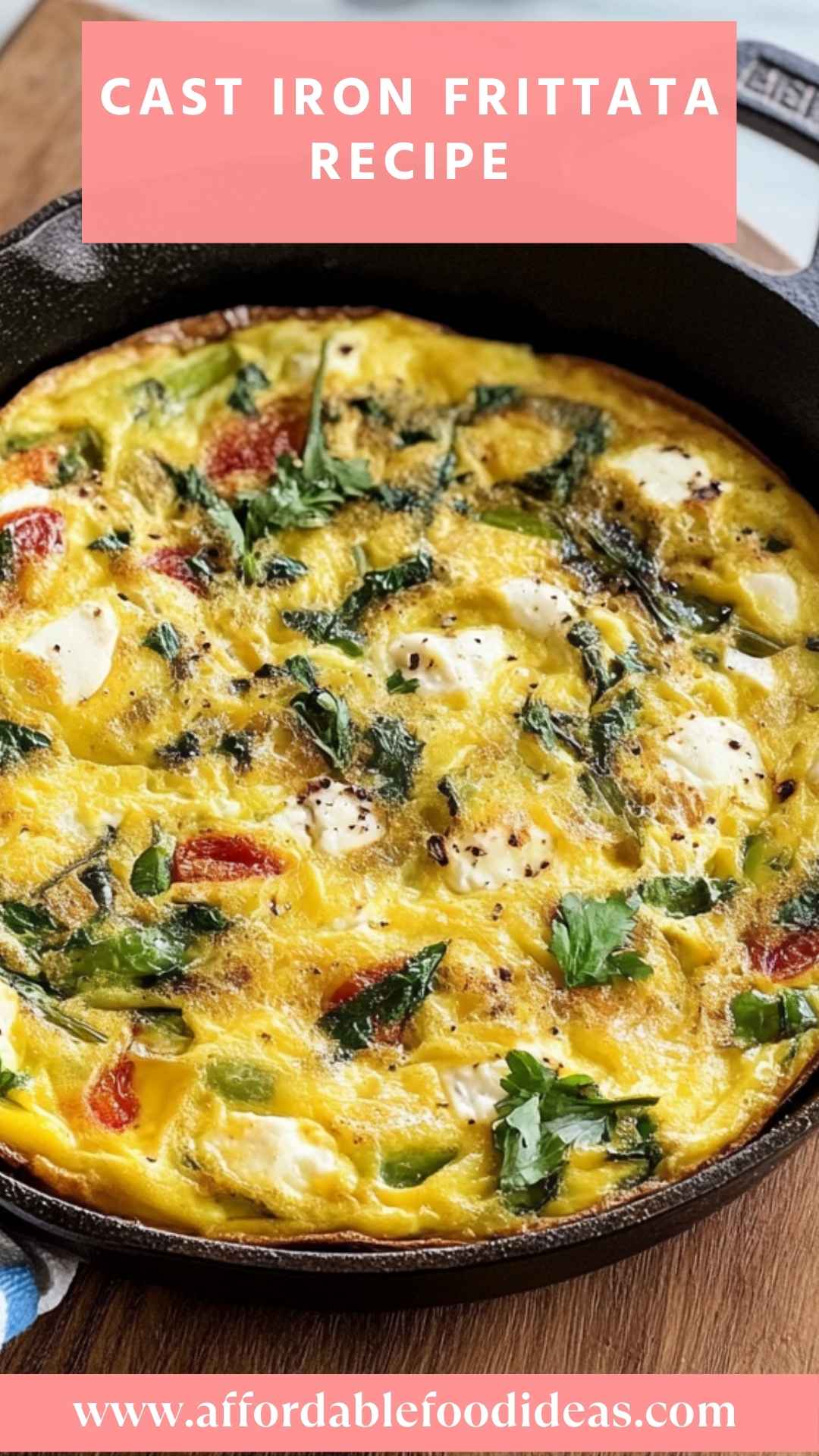Pizza is truly a universal comfort food. From the smell of bubbling cheese to the crispy crust beneath your fingers, it’s hard to find someone who doesn’t have a soft spot for this Italian classic.
Imagine, though, if we take that comfort and give it a vegan twist—where the richness of the toppings and the satisfaction of each bite comes entirely from plants. Intrigued? Let’s dive in!
Before we get into the nitty-gritty of our pizza recipe, let’s brainstorm some perfect pairings. A classic side salad bursting with freshness complements pizza remarkably.
Toss together some greens, cherry tomatoes, and a vinaigrette dressing, and you’re good to go. You can also serve it with roasted vegetables seasoned with herbs.
If you’re feeling adventurous, why not whip up some crispy garlic bread?
And don’t forget about dipping sauces! A homemade vegan ranch or spicy marinara can take your pizza experience to the next level. Finally, throw in a refreshing drink, like a chilled lemonade or a glass of vegan-friendly red wine for an Italian touch.

What is Homemade Easy Vegan Pizza?
At its core, homemade easy vegan pizza is about accessibility. With just a few ingredients, you can create a dough that rises beautifully, acting as the perfect base for your favorite plant-based toppings.
It’s more than just a pizza; it’s an opportunity to customize your meal according to taste and dietary preferences.
Whether you prefer a classic marinara and vegetables or a zesty white bean pesto, every bite is packed with nutrients, flavor, and creativity. It’s a canvas waiting for your imagination.
Why You’ll Love This Homemade Easy Vegan Pizza
Finding diverse meals that are both nutritious and satisfying can feel like looking for a needle in a haystack. But here, you’ll discover that homemade vegan pizza fits the bill perfectly.
- Healthier Option: This pizza uses whole food ingredients—no preservatives, no additives. The dough is made from flour, water, yeast, and a sprinkle of salt, while the toppings boast fresh vegetables and homemade sauces.
- Customization: Have picky eaters? Fear not! This recipe is flexible. Use whatever toppings suit your fancy or dietary restrictions. Chickpeas, olives, and artichokes? Go for it! The choice is yours.
- Fun Activity: Making pizza can be a fun family activity. Getting everyone involved in rolling out dough, adding toppings, and then enjoying the final product together can create lasting memories.
- Easy Preparation: Trust me; the process is simpler than you think. It hardly requires culinary wizardry—just some mixing, kneading, and baking.
- Satisfying and Flavorful: Don’t let the vegan label fool you. This pizza is rich in flavor, especially with the right sauces and toppings. Experience the kick of garlic, the zest of lemon, or the creaminess of homemade plant-based cheese.
The Ingredients You Will Need To Make Homemade Easy Vegan Pizza
Creating this homemade pizza is straightforward, largely thanks to commonly found ingredients. Here’s your shopping list:
Dough Ingredients:
- 1 packet instant yeast
- 1 1/3 cups warm water (heated to about 110°F)
- 1 tsp sea salt
- 1 tbsp extra virgin olive oil
- 1 tsp sugar
- 3 1/2 cups all-purpose flour (or bread flour), plus extra for dusting
Basic Vegan Pizza Toppings:
- 1 batch of homemade plant-based mozzarella
- 1 cup to 1 2/3 cups of your preferred pizza sauce
- Fresh basil leaves for garnish
- 1 tbsp nutritional yeast
Vegan White Bean Pesto Pizza Toppings:
- 1 tbsp capers
- 1 tbsp chopped fresh dill
- 3 garlic cloves, minced
- Juice of 1 lemon
- 2 tbsp olive oil
- 1/2 cup cannellini beans, drained and rinsed
- Sea salt and freshly cracked black pepper to taste
Additional Toppings:
- Tomato sauce
- vegan pesto
- sliced olives
- sautéed mushrooms
- plant-based cheese

Directions: How to Create Your Homemade Easy Vegan Pizza
I love sharing recipes that are equally delicious and easy to follow. Here’s how to bring your homemade vegan pizza to life.
Step 1: Preparing the Dough
Start by combining the warm water, sugar, and instant yeast in a bowl. Stir gently and let it sit for about 5–10 minutes until it becomes frothy. This process activates the yeast, and you’ll know it’s ready when it bubbles.
In a larger bowl, mix the flour and salt. Make a well in the center and pour in the yeast mixture and olive oil. Use a wooden spoon to stir until a dough begins to form. It’s okay if it’s a bit sticky. That just means you’re on the right track!
Step 2: Kneading the Dough
Turn out the dough onto a floured surface. Knead it for about 5–7 minutes until it’s smooth and elastic. If it’s sticking to your fingers too much, sprinkle just a bit more flour onto your workspace.
Once it’s ready, place the dough in a lightly oiled bowl. Cover it with a damp cloth and let it rise in a warm place for about an hour, or until it doubles in size.
Step 3: Preheat Your Oven
While the dough rises, it’s a good time to preheat your oven to 475°F (245°C). Be sure to place your pizza stone or baking sheet in the oven. Preheating will help achieve that crispy crust we all desire.
Step 4: Prepare the Sauce
While you wait, let’s sort out the sauce. If you’re going for a classic pizza, simply grab your favorite pizza sauce. For a twist, mix some olive oil, minced garlic, and a pinch of salt in a small bowl. This garlic oil can make a fantastic base!
Step 5: Assemble the Pizza
Once your dough has risen, punch it down to release the air. Dust your countertop again and roll out the dough to your desired thickness—thin crust or thick, totally your choice!
Transfer the rolled-out dough to a piece of parchment paper. Spread your pizza sauce evenly across the base.
Now comes the fun part! Top it with the homemade mozzarella, fresh vegetables, a sprinkle of nutritional yeast, and any other toppings you fancy.
Step 6: Baking the Pizza
Carefully transfer your assembled pizza (using the parchment paper) onto the preheated pizza stone or baking sheet. Bake for about 12–15 minutes or until the crust is golden brown and toppings are bubbly.
Step 7: Garnishing
Once out of the oven, let it cool for a minute. Garnish with fresh basil leaves, drizzle with olive oil, and a sprinkle of fresh cracked pepper. Slice it up, and your homemade vegan pizza is ready to serve!
Notes: Tips for the Perfect Pizza
Every pizza lover knows that little things can set a dish apart. Here are some tips to elevate your pizza-making game:
- Don’t Skip the Rise: Allowing the dough to rise is crucial. The yeast needs time to work its magic, creating that light and airy crust. Patience pays off!
- Use a Pizza Stone: If possible, investing in a pizza stone can help achieve an authentic pizzeria texture. It retains heat better.
- Experiment with Flours: While all-purpose flour works great, trying whole wheat or gluten-free flours opens up varied textures and flavors.
- Preheat Everything: Not just the oven—this includes your baking sheet or pizza stone. A hot surface results in a perfect crust.
- Let Your Dough Rest: If you’re short on time, you can utilize a no-rise dough recipe. However, allowing some time for it to rest enhances flavor and texture.
Storage Tips
Did you make too much pizza? Not a problem. Here’s how to store it:
- Refrigerate: Wrap slices in plastic wrap or foil and store them in the fridge for 3–4 days.
- Freeze: If you want to keep it longer, wrap it tightly and freeze slices for up to 3 months. Remember to use parchment paper between slices to avoid sticking.
To reheat, simply pop your pizza slices back in the oven at 350°F (177°C) for about 10 minutes. This ensures you revive that crispiness!
Serving Suggestions
While pizza seems perfect on its own, here are some serving suggestions that bring out the flavors even more:
- Serve with a Side Salad: A fresh green salad with vinaigrette is refreshing and a great balance to the meal.
- Add Dipping Sauces: Offer vegan ranch or marinara for dipping. It adds an extra layer of flavor.
- Slice Up Some Fresh Fruits: A fruit platter with ripe watermelon, cantaloupe, or strawberries makes for a sweet contrast to the savory pizza.
- Offer Sparkling Water or Lemonade: Infused waters or flavored lemonades can cleanse the palate nicely.
- Create a Pizza Party: Set up a DIY pizza night where everyone can customize their slices with all sorts of toppings!
What Other Substitutes Can I Use in Homemade Easy Vegan Pizza?
There are endless opportunities to adapt this process to fit your tastes. Here are some substitutes:
- Cauliflower Crust: For a low-carb option, swap out traditional crust for a cauliflower-based pizza crust. This adds a veggie boost and makes for a healthier alternative.
- Chickpea Flour: If you’re in the mood for something different, consider using chickpea flour to create a gluten-free crust. It’s protein-rich too!
- Nut Cheese: Instead of plant-based mozzarella, experiment with nut-based cheeses. Cashew cheese is creamy and satisfying.
- Tomato Alternatives: Swap out traditional tomato-based sauces for a white bean puree or a pesto for a refreshing change.
- Fresh Herbs: Instead of typical pizza herbs like oregano, try using fresh cilantro or basil to add unique flavor dynamics.

Conclusion
Homemade easy vegan pizza is more than just a meal; it embodies creativity, health, and community. Whether you’re into a classic margherita style or pushing the boundaries with unique toppings, this recipe is a testament to how versatile and satisfying plant-based meals can be.
Next time you’re looking for a fun and fulfilling dinner idea, remember that the perfect pizza is just a few simple ingredients away.
Enjoy the process, experiment with your favorite flavors, and above all—share it with those you love! Happy pizza-making!
You’ll also like the following recipes!
- Deep Dish Pizza Copycat Recipe
- How to Make Easy Shakshuka With Chickpeas
- Best Sweet Potato Chickpea Buddha Bowl
Homemade Easy Vegan Pizza – Affordable Food Ideas
As a food enthusiast and registered dietitian, my kitchen is often a playground. While experimenting with various flavors, I stumbled upon the challenge of creating a pizza that is not just vegan but also mind-blowingly delicious.
After tweaking and testing different recipes, I found a perfect combination of easy-to-use ingredients, robust flavors, and the comforting feel of homemade goodness.
What follows is a journey through the creation of a homemade, easy vegan pizza. With simple ingredients and clear steps, you'll be able to whip up a pizza that even non-vegans will crave. Stick around as we explore the nuances that make this dish not just a meal, but an experience!

Ingredients
Dough Ingredients:
Basic Vegan Pizza Toppings:
Vegan White Bean Pesto Pizza Toppings:
Additional Toppings:
Instructions
Step 1: Preparing the Dough
-
Start by combining the warm water, sugar, and instant yeast in a bowl. Stir gently and let it sit for about 5–10 minutes until it becomes frothy. This process activates the yeast, and you'll know it's ready when it bubbles.
In a larger bowl, mix the flour and salt. Make a well in the center and pour in the yeast mixture and olive oil. Use a wooden spoon to stir until a dough begins to form. It’s okay if it’s a bit sticky. That just means you’re on the right track!
Step 2: Kneading the Dough
-
Turn out the dough onto a floured surface. Knead it for about 5–7 minutes until it's smooth and elastic. If it’s sticking to your fingers too much, sprinkle just a bit more flour onto your workspace.
Once it’s ready, place the dough in a lightly oiled bowl. Cover it with a damp cloth and let it rise in a warm place for about an hour, or until it doubles in size.
Step 3: Preheat Your Oven
-
While the dough rises, it’s a good time to preheat your oven to 475°F (245°C). Be sure to place your pizza stone or baking sheet in the oven. Preheating will help achieve that crispy crust we all desire.
Step 4: Prepare the Sauce
-
While you wait, let’s sort out the sauce. If you’re going for a classic pizza, simply grab your favorite pizza sauce. For a twist, mix some olive oil, minced garlic, and a pinch of salt in a small bowl. This garlic oil can make a fantastic base!
Step 5: Assemble the Pizza
-
Once your dough has risen, punch it down to release the air. Dust your countertop again and roll out the dough to your desired thickness—thin crust or thick, totally your choice!
Transfer the rolled-out dough to a piece of parchment paper. Spread your pizza sauce evenly across the base.
Now comes the fun part! Top it with the homemade mozzarella, fresh vegetables, a sprinkle of nutritional yeast, and any other toppings you fancy.
Step 6: Baking the Pizza
-
Carefully transfer your assembled pizza (using the parchment paper) onto the preheated pizza stone or baking sheet. Bake for about 12–15 minutes or until the crust is golden brown and toppings are bubbly.
Step 7: Garnishing
-
Once out of the oven, let it cool for a minute. Garnish with fresh basil leaves, drizzle with olive oil, and a sprinkle of fresh cracked pepper. Slice it up, and your homemade vegan pizza is ready to serve!
Nutrition Facts
Servings 8
- Amount Per Serving
- Calories 191kcal
- % Daily Value *
- Total Fat 0.5g1%
- Saturated Fat 0.1g1%
- Sodium 293mg13%
- Total Carbohydrate 40g14%
- Dietary Fiber 1g4%
- Protein 5g10%
* Percent Daily Values are based on a 2,000 calorie diet. Your daily value may be higher or lower depending on your calorie needs.
Note
- Don’t Skip the Rise: Allowing the dough to rise is crucial. The yeast needs time to work its magic, creating that light and airy crust. Patience pays off!
- Use a Pizza Stone: If possible, investing in a pizza stone can help achieve an authentic pizzeria texture. It retains heat better.
- Experiment with Flours: While all-purpose flour works great, trying whole wheat or gluten-free flours opens up varied textures and flavors.
- Preheat Everything: Not just the oven—this includes your baking sheet or pizza stone. A hot surface results in a perfect crust.
- Let Your Dough Rest: If you’re short on time, you can utilize a no-rise dough recipe. However, allowing some time for it to rest enhances flavor and texture.




